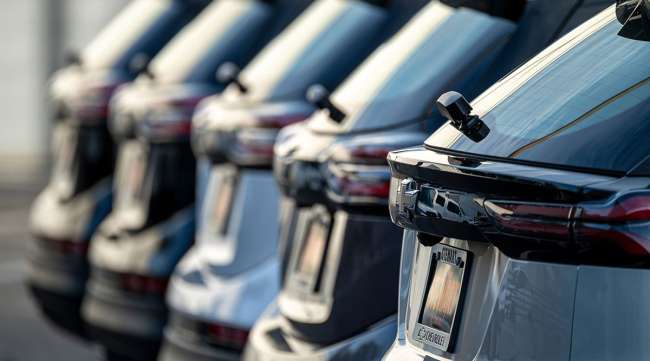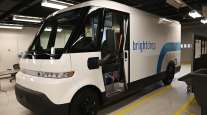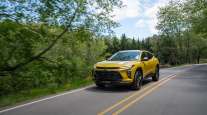GM Nearly Doubling Area Where Automated System Is Usable

[Stay on top of transportation news: Get TTNews in your inbox.]
DETROIT — General Motors is adding about 350,000 miles of roadways in the U.S. and Canada to the area where drivers can use the company’s “Super Cruise” partially automated driving system.
The expansion nearly doubles the road miles where the system can run. It includes both limited-access divided highways as well as some two-lane roads connecting cities to smaller towns and smaller towns to each other, the company said.
GM said the driver-assist system is ready to handle some roads with intersections and crossing traffic, which have been troublesome for systems from other companies such as Tesla.
With the system, drivers can take their hands off the steering wheel, although they must be ready to intervene at all times because the vehicles can’t drive themselves, GM said.
Tesla’s Autopilot system has had trouble spotting and stopping for crossing tractor-trailers, with at least three deaths reported. The most recent was last July in Fauquier County, Va.
Tesla tells owners that Autopilot is a driver-assist system that cannot drive itself, despite its name. It says they must be ready to take over at all times.
GM said in the case of crossing traffic, Super Cruise would either brake hard, change lanes if one is available, or alert the driver to take control, depending on the exact circumstances. Super Cruise also has radar in addition to camera sensors, and uses both to spot obstacles, the company said.
COMTO's April Rai offers tips to increase workforce diversity and grow profits.. Tune in above or by going to RoadSigns.ttnews.com.
Kelly Funkhouser, associate director of vehicle technology at Consumer Reports’ auto test center, said Super Cruise has one of the best driver-monitoring systems in the industry, with an infrared camera to make sure drivers are paying attention.
“The fact that they have the driver-monitoring camera making sure that the driver is looking at the road is definitely good,” said Funkhouser.
Tesla’s driver monitoring system relies on detecting torque from hands on the steering wheel to make sure drivers are paying attention. Critics say that’s not enough to make sure drivers are staying alert.
Some Teslas have driver-facing cameras, but tests show Autopilot will still work even if the cameras are covered up, Funkhouser said. Teslas also don’t use radar and rely solely on cameras to spot obstacles, she said.
GM allowing drivers to take their hands off the steering wheel on two-lane roads could be a problem because it could delay reaction time, Funkhouser said. Drivers could have a coffee cup in one hand and a hamburger in another, she said. “There isn’t a mechanism to make sure that your hands are ready,” she said.
Drivers, she said, need to pay extra attention when traveling on two-lane roads due to higher risks from vehicles that are turning, crossing or merging into traffic.
Before the expansion, Super Cruise was able to work on about 400,000 miles of roads, largely interstate highways or major roads connecting larger cities. The expansion, to be added gradually with online software updates at no added cost, will take place through next year, GM said.
Want more news? Listen to today's daily briefing below or go here for more info:





